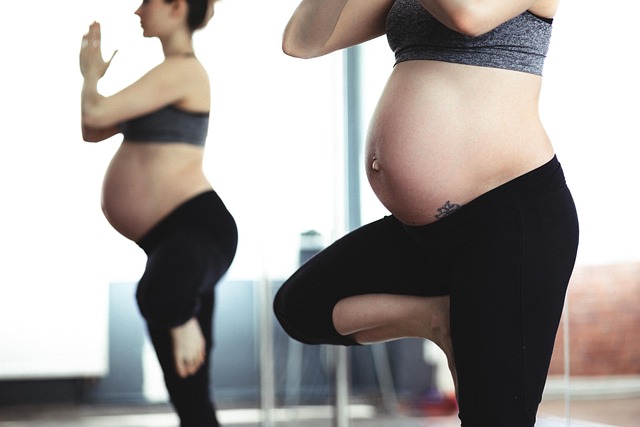In a quiet moment at home, my partner, Lisa, was overcome with emotion. When I asked her what was troubling her, she struggled to express her feelings. I suspected it might be typical pregnancy blues, a time when hormones can cloud thoughts and lead one to ponder worst-case scenarios. But eventually, she shared her fear: “What if our baby doesn’t look like me? What if people think I’m just the babysitter?”
As a Black man married to a white woman, our family is beautifully diverse, with three children who embody a range of racial features. Our youngest, just a year and a half old, has dark eyes and a skin tone that often leaves people guessing about his racial background. Meanwhile, our two older boys, ages 3 and 4, have fair skin and blue eyes. While my gender prevents the babysitter assumption, I often encounter puzzled looks from strangers who question my connection to them.
As the father of two biracial children, I find that interactions can sometimes feel like spontaneous episodes from a reality show. At the playground, a curious mother approached me, asking, “Where did your kids come from?” I fumbled for a witty response but settled on, “They’re my kids… from down the street.” Another time, a restaurant owner scrutinized my credit card, which featured an image of my boys, and warned me about the implications of their future relationships. These encounters highlight the complexities of race perceptions in our society.
Only our eldest, 4-year-old Leo, has begun to grasp the concept of race, fueled by his fascination with music icons like Michael Jackson. After watching the “Black or White” video repeatedly, he posed a significant question: “What color is my skin?” My instinct was to affirm his Black identity, considering our family’s cultural ties. Despite my personal beliefs shaped by the one-drop rule—a social construct deeming anyone with African ancestry as Black—I’m aware this sentiment varies widely among biracial individuals.
Ultimately, we decided to allow Leo to choose his racial identity, regardless of his appearance. Lisa gently prompted him, asking, “What color do you think you are?” This simple question seemed daunting to him. With a thoughtful smile, he replied, “Black, Mama.” This response filled me with pride, not because of any superiority but because I wanted him to value his identity in a world where Blackness is often unfairly stigmatized.
As I reflect on my sons’ identities, I realize they can each claim either whiteness, biraciality, or Blackness, and I hope they feel free to define themselves without fear of judgment. This aspiration may seem idealistic, yet just a few decades ago, our very union was viewed as controversial. In a way, it mirrors the themes of acceptance and self-definition that Michael Jackson championed.
For those exploring similar paths, resources like this fertility booster can offer support. Additionally, if you’re considering the possibilities of family building, you might find valuable information in this guide to in vitro fertilization and this at-home insemination kit for a comprehensive approach to conception.
In summary, fostering an environment where my biracial children can select their racial identities is essential. I want them to embrace the complexities of their heritage confidently and without prejudice. In doing so, I hope to challenge societal norms and continue working on my own understanding of identity.
Keyphrase: biracial identity choices
Tags: [“home insemination kit” “home insemination syringe” “self insemination”]
